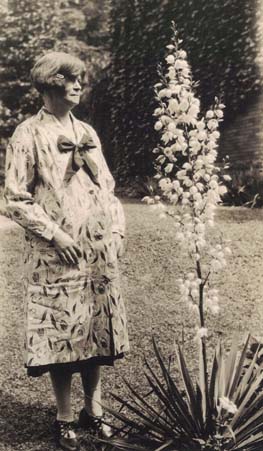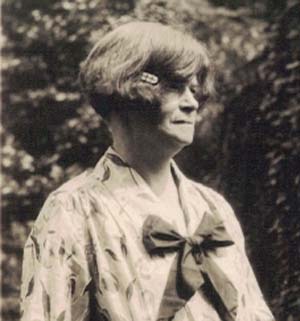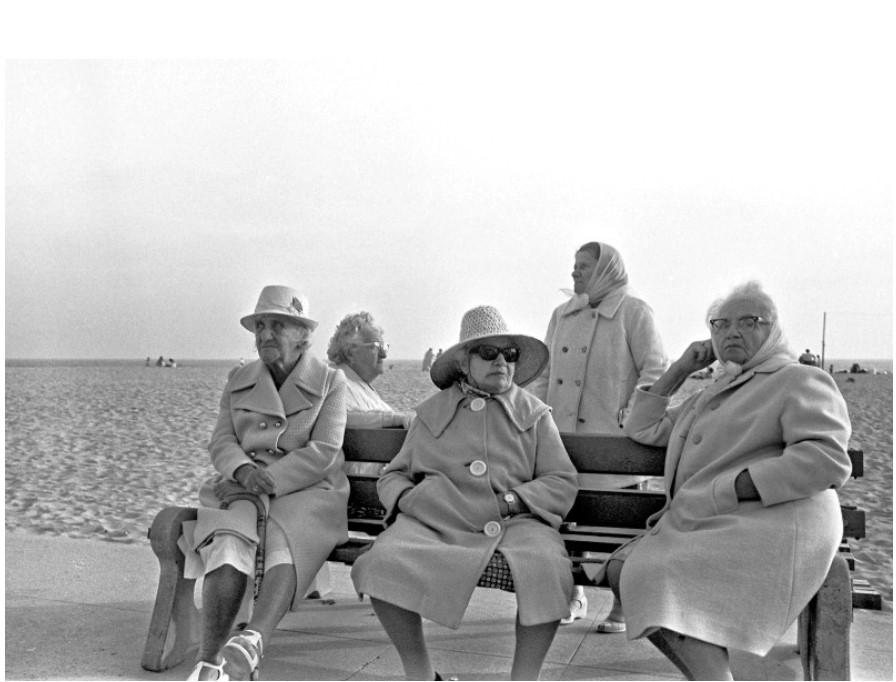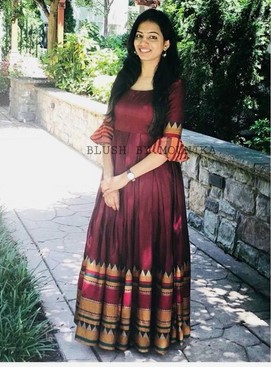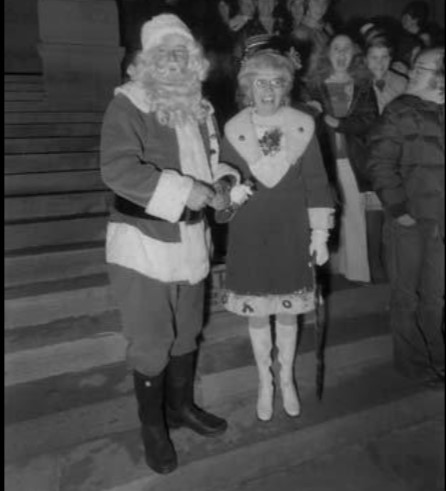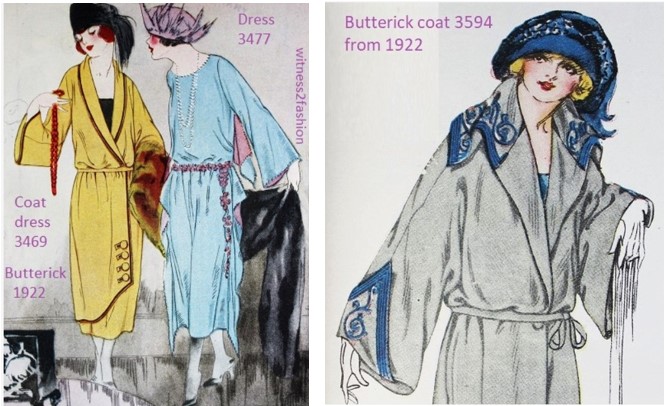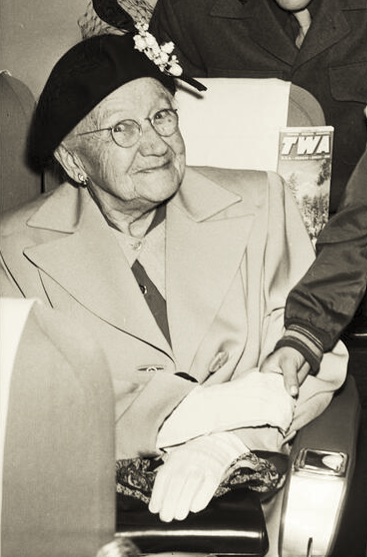I puzzled over this photo for a long time. Is she an older woman or not? Her cropped hair is certainly a style favored by the young in 1928, and it looks like she might be pregnant. However, elements of her face, particularly her chin and the lines around her mouth, make me think she is older.
Perhaps it is a later pregnancy. One article I discovered said that the average age for women to have their last child in the 1920s was 42. This woman might have been on the upper side of that average, nearer to fifty. The shoes won’t help us determine her age. Those fabulous strappy shoes of the 1920s were worn by old and young alike.
Maternity dress or not, it is interesting that it has no waistline at all. If you read through this informative post on the blog Witness to Fashion, you will see that even maternity dresses had dropped waistlines in the late 1920s. Perhaps this was some kind of overdress, with the hem of another outfit peaking out from the bottom. It is possible that she made it herself, current styles be damned.
Does the soapweed yucca give us any clue to where the picture was taken? I have yucca plants in my backyard, so I originally thought might be California. It turns out I am mistaken. This plant originates in the grasslands and prairies of the US and Canada and is cultivated in many other places, so there is little chance of pinning the location down. I think she is posed to show just how tall the plant can grow.

